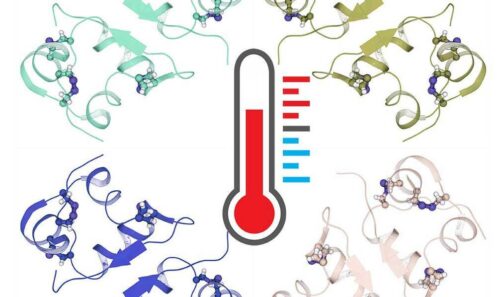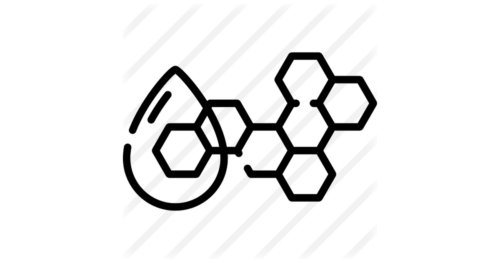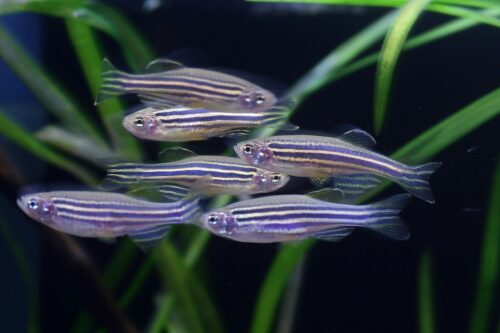The leaf is a prime example of a material converting waste (CO2#nbsp;) into value with maximum sustainability. As the most important constituent, it contains the coupled photosystems II and I, which are imbedded in the cellular membrane of the chloroplasts. Can key functions of the leaf be packed into soap? We present next-generation surfactants that self-assemble into bilayer vesicles (similar to the cellular membrane), are able to absorb photons of two different visible wavelengths, and exchange excited charge carriers (similar to the photosystems), followed by conversion of CO2#nbsp;(in analogy to the leaf). The amphiphiles contain five dye molecules as the hydrophobic entity attached exclusively to one hemisphere of a polyhydroxylated fullerene (Janus-type). We herein report on their surfactant, optical, electronic, and catalytic properties. Photons absorbed by the dyes are transferred to the fullerenol head, where they can react with different species such as CO2#nbsp;to give formic acid.
Related researches 71 articles
























![Inhalable gadofullerenol/[70] fullerenol as high-efficiency ROS scavengers for pulmonary fibrosis therapy](https://biofullerene.com/wp-content/uploads/2022/12/istockphoto-12925559-440x356.jpg)
























![Palladium-Catalyzed Reaction of [60]Fullerene with Aroyl Compounds via Enolate-Mediated sp 2 C-H Bond Activation and Hydroxylation](https://biofullerene.com/wp-content/uploads/2022/12/2978543-356x356.png)











